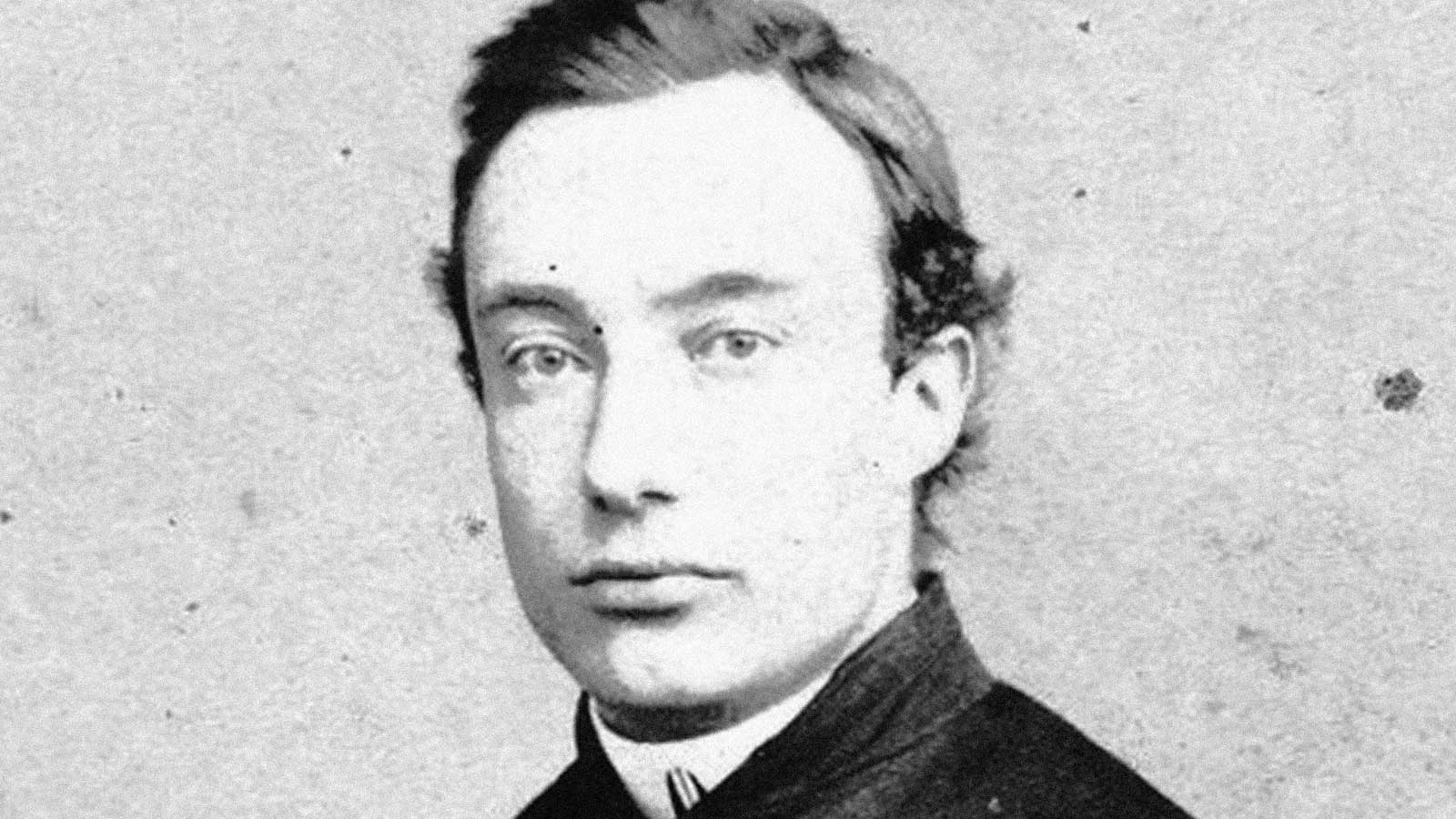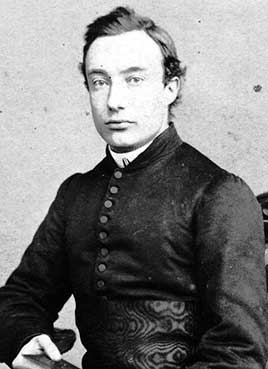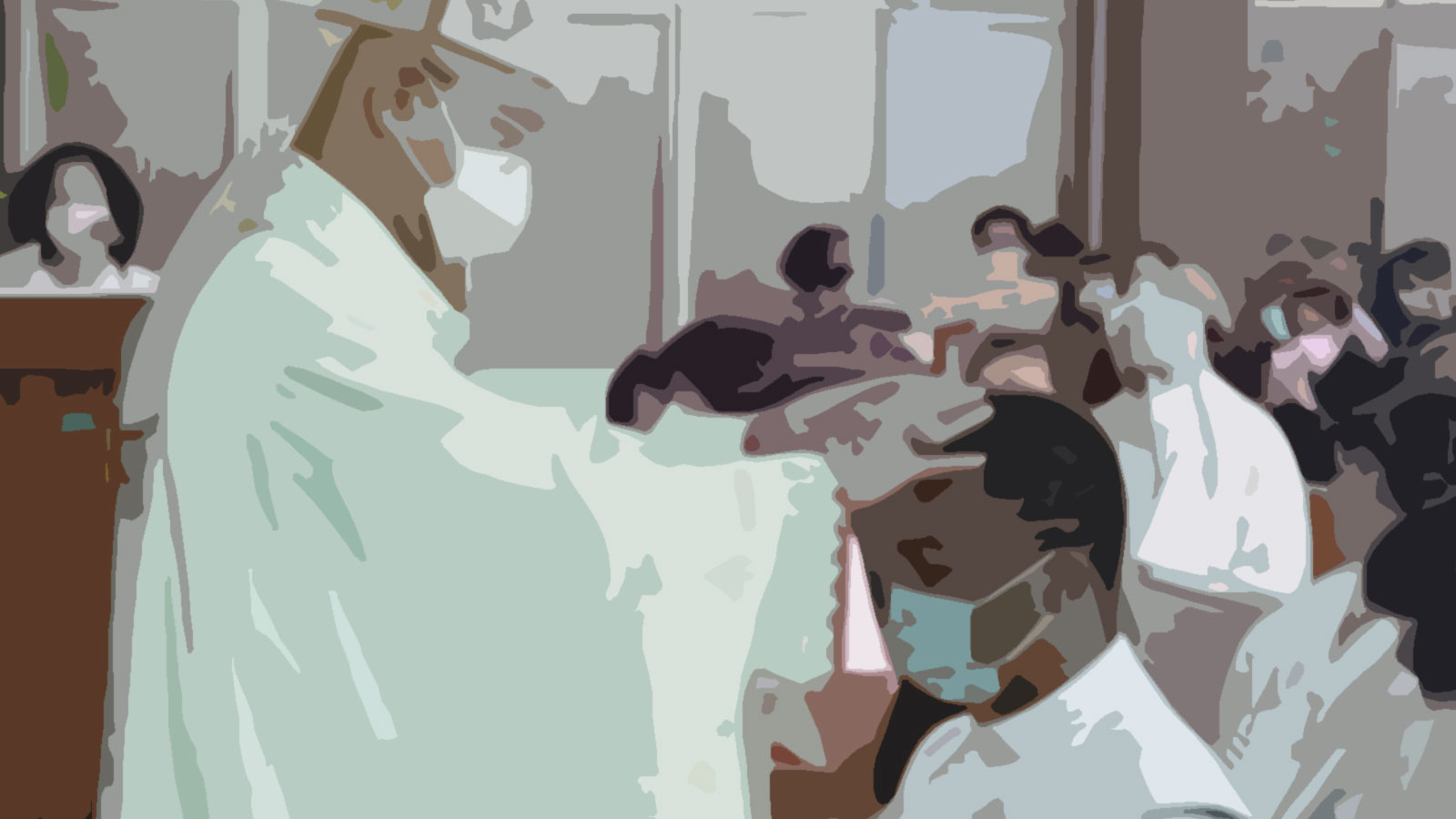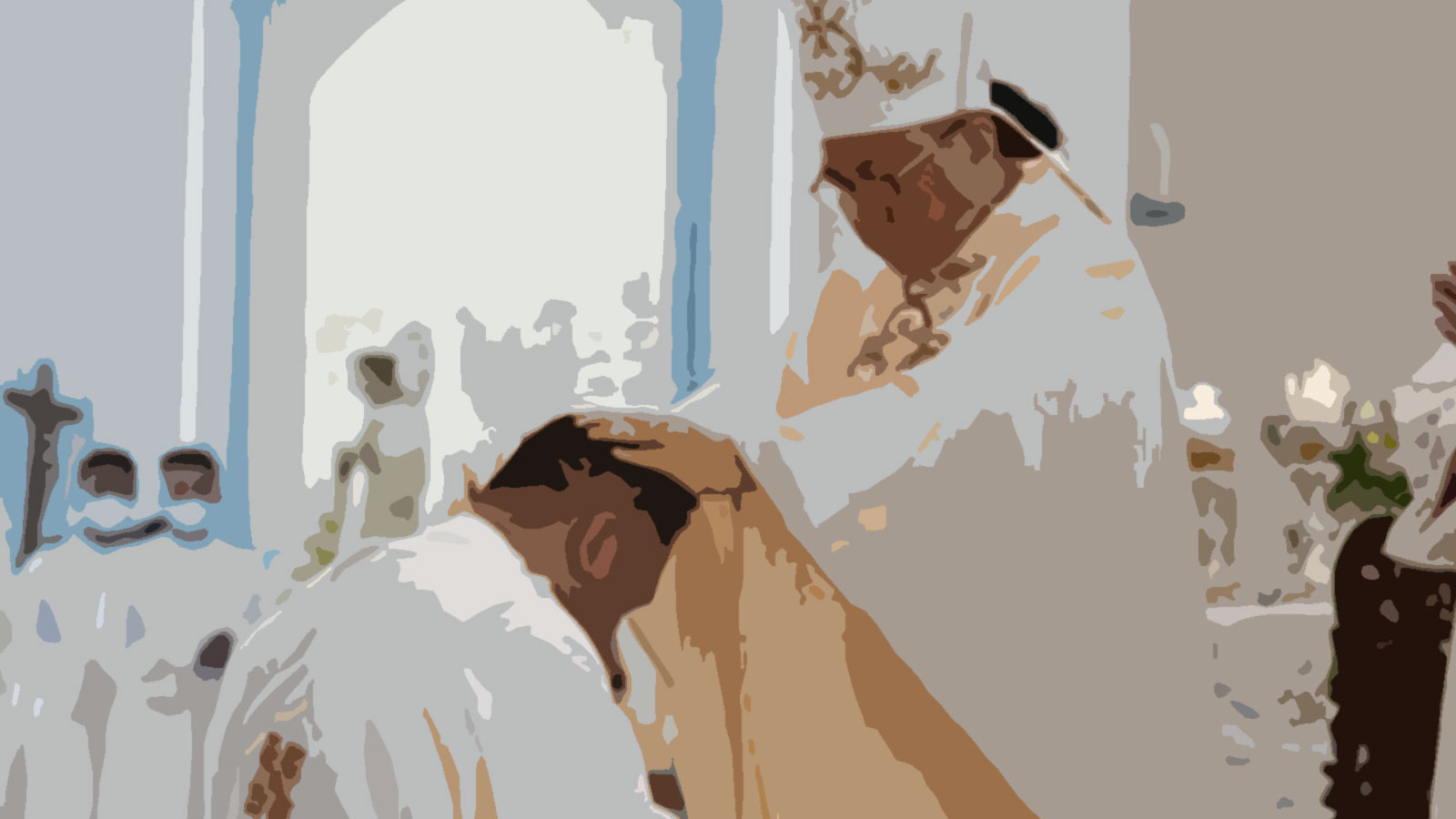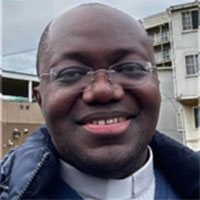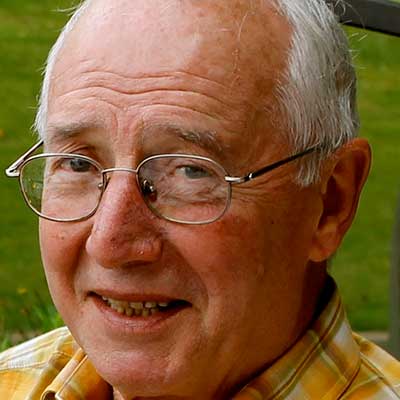Jozef Segers
- MARTYRS
- Hits: 7515
Jozef Segers (1868-1900). A CICM Martyr
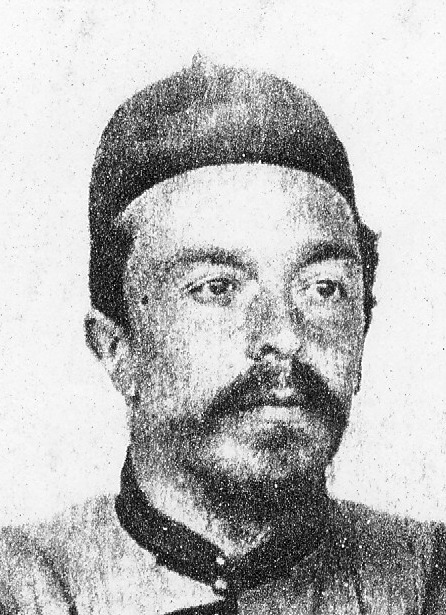
Jozef Segers is born in St Niklaas, Belgium, on October 20, 1868. He professes his first vows on September 8, 1890. He is ordained priest on July 21, 1895. He leaves for East Mongolia, China, on September 17, 1895.
“Already in 1898, the Boxers had started their activities by spreading false rumors[1]about the Christians and the missionaries. They enter Eastern Mongolia around Easter 1900 and start their propaganda in the region of Ta-ku (Dagu). Christians and missionaries take precautions. The orphans are placed, for safety, with the Christians. Many of the missionaries leave for Sung-chu-tsui-tzu, (Songshuzuizi), where they prepare the defense of the mission.” [2]
Jozef Segers stays with the Christians in Laohugou. During the day he is hiding in the mountains. He returns to his residence for the night. In the morning of July 12, the Christians are observing that about five hundred soldiers are approaching Laohugou. Jozef flees the village for the mountains. On July 16, he leaves for Weichang in the company of two Christians. While on their way, a group of armed men stop them and arrest him. He is brought to a village. The following day, there is an investigation after which he is thrown into a dungeon.
On July 21, he is brought to the mandarin of Lan-p’ing-hien where is imprisoned in a dungeon. Late in the evening of July 24, after being investigated, he is sentenced to death. Five men take him outside the town to the bank of the Lan-ho river. Most probably they strangle him with a cord and throw him into a deep pit. While throwing soil on him, he tries to stand up. One of the men hits him with his shovel on the forehead. The pit is filled with soil…
Six days later, the mandarin orders the exhumation of the body, and has it thrown into the river. Some Christians of P’ien-k’iao-tze discover it and try to give it a decent resting place. His face is still very recognizable. The whole-body bears torture marks. The pagan mayor of the village does not allow that the Christians take the body and informs the mandarin who has the body thrown into the river once more. This time the body is lost forever although the Christians still tried to find it.
The missionary life of our confrere Jozef Segers was very short. Our loving Lord did not wait long to grant him a martyr’s crown. May his life and martyrdom inspire us to be generous missionaries by showing Jesus’ loving face to our brothers and sisters.
André De Bleeker, cicm
General Archivist
[1] Regarding the false rumors, in his letter of September 19, 1900, addressed to the Superior General, Adolf Van Hecke, Louis Van Dyck, Provincial Superior of Eastern Mongolia, mentions that the mandarin of Lan-p’ing-hien has told the people that the missionaries killed small children and used their eyes to make medicines. This mandarin also claimed that three hundred European soldiers, armed with canons, were hiding in the residence of Laohugou. This letter is found in Missions en Chine et au Congo, no 143, Décembre 1900, p. 558-560.
[2] The quoted text - the second paragraph - is found in Daniel Verhelst, “Further Developments in China,” in Daniel Verhelst and Nestor Pycke, eds. C.I.C.M. Missionaries, Past and Present 1862-1987. History of the Congregation of the Immaculate Heart of Mary (Scheut/Missionhurst). Leuven: Leuven University Press, 1995, p. 97-98.
The information about his arrest and martyrdom is found in the letter of Fr Louis Van Dyck. See above, note 1. Van Dyck got the information from Philippus Nai, a Christian of Laohugou, who had heard it from an eyewitness who was an employee of the court of justice in Lan-p’ing-hien.


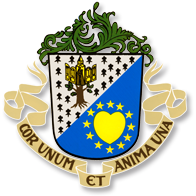
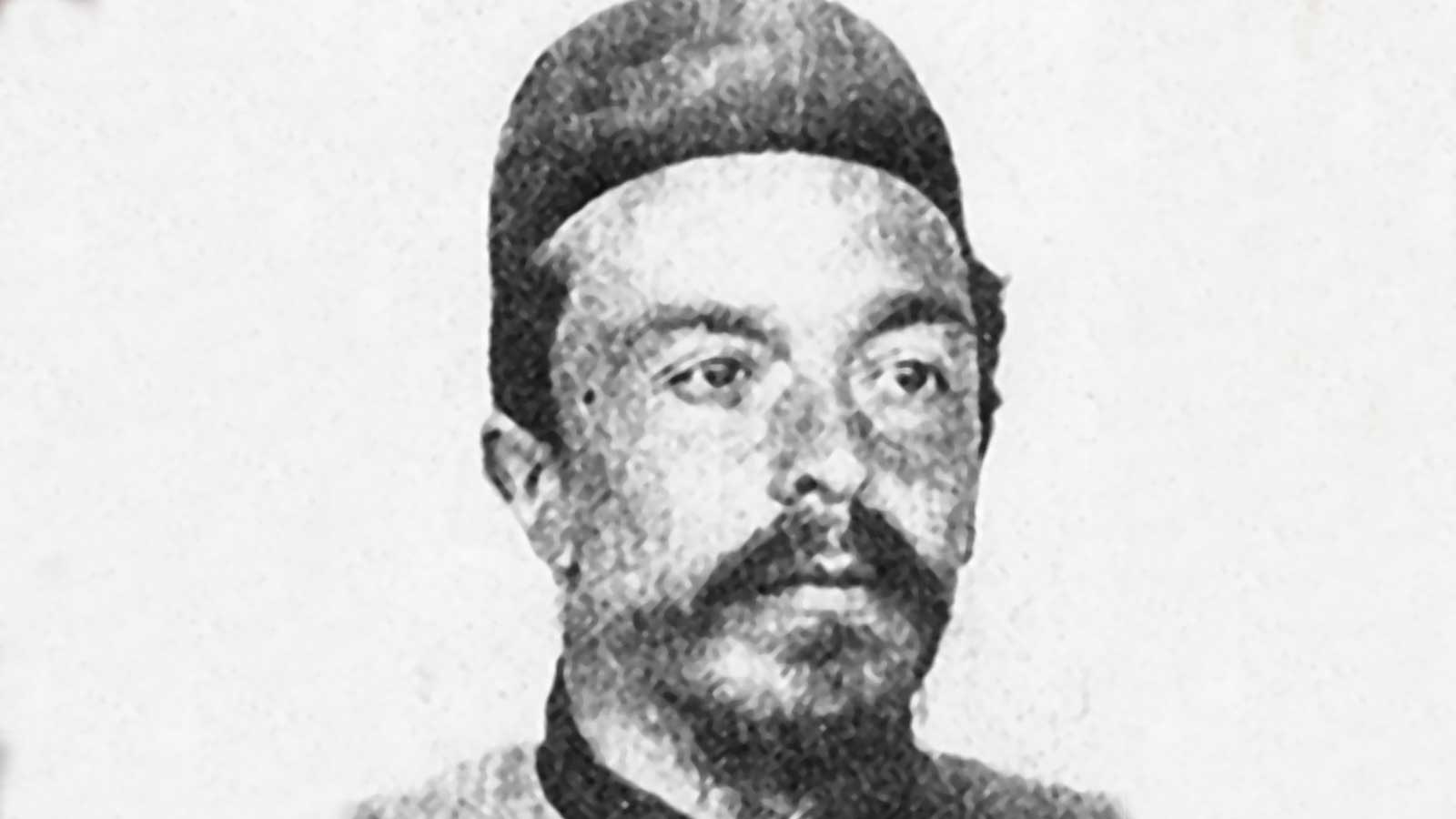

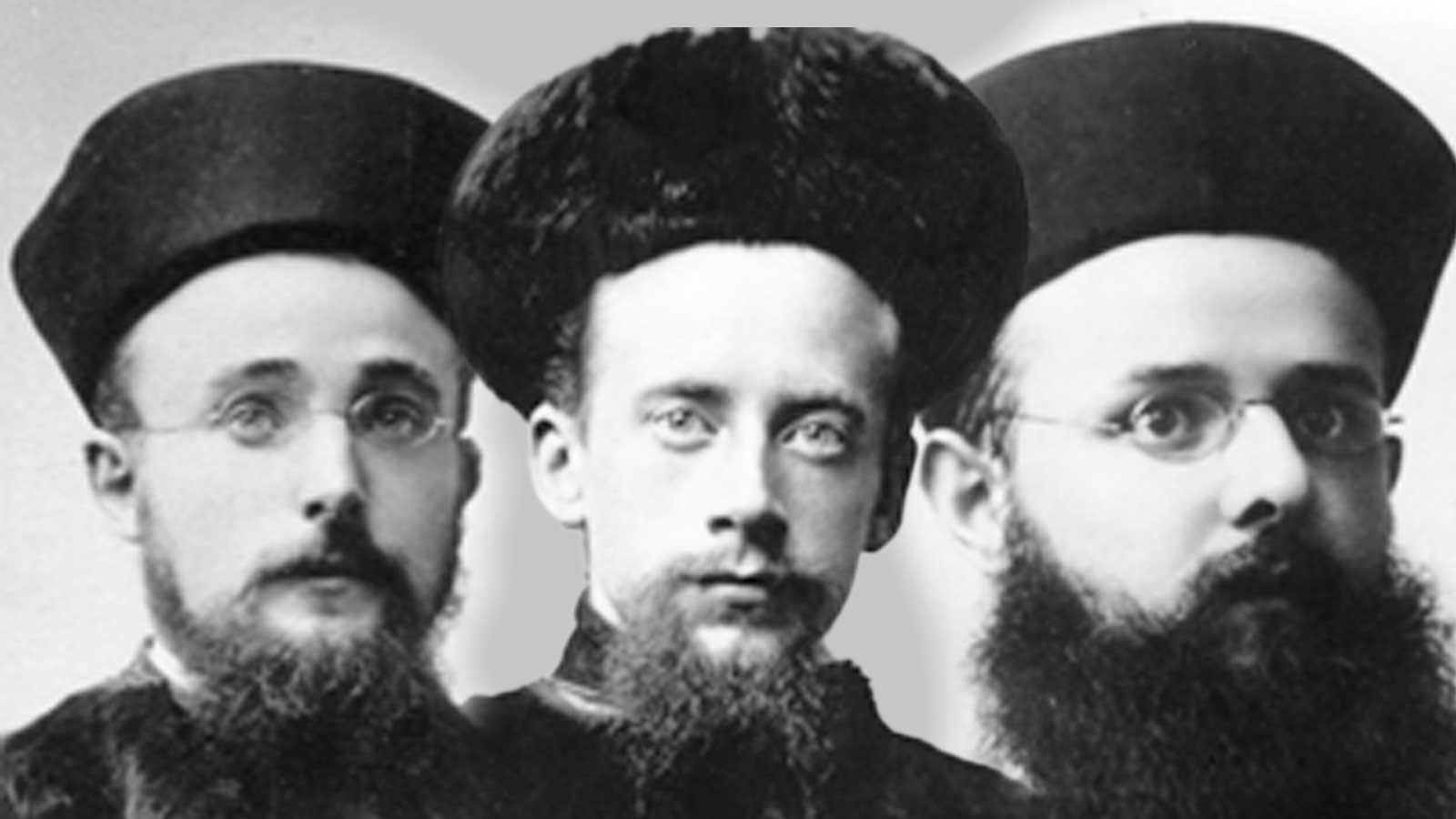

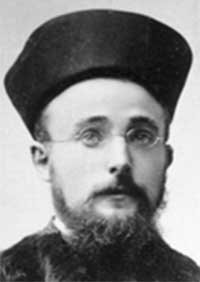
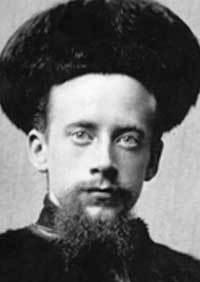
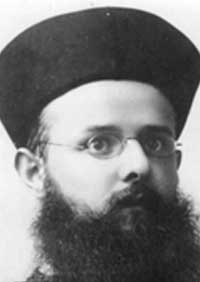
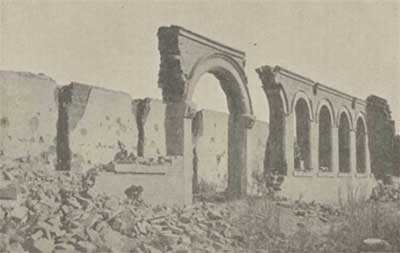
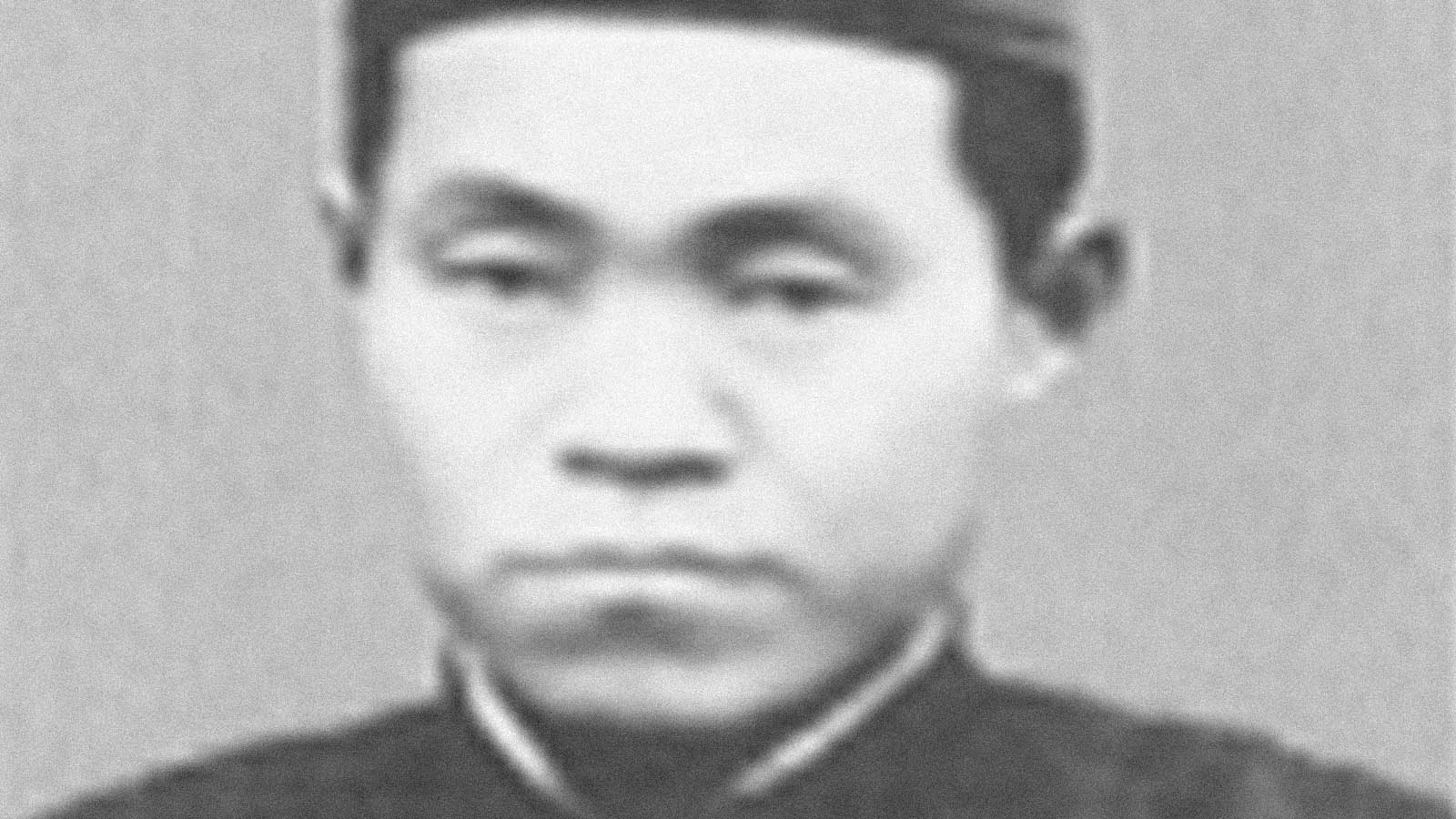
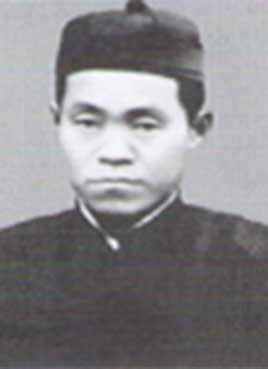 On July 3, 1894, Petrus was born in Xiamiao’ergou, a little village in East Mongolia, China. It was also there that the first CICM, Aloïs Van Segvelt, died.
On July 3, 1894, Petrus was born in Xiamiao’ergou, a little village in East Mongolia, China. It was also there that the first CICM, Aloïs Van Segvelt, died.